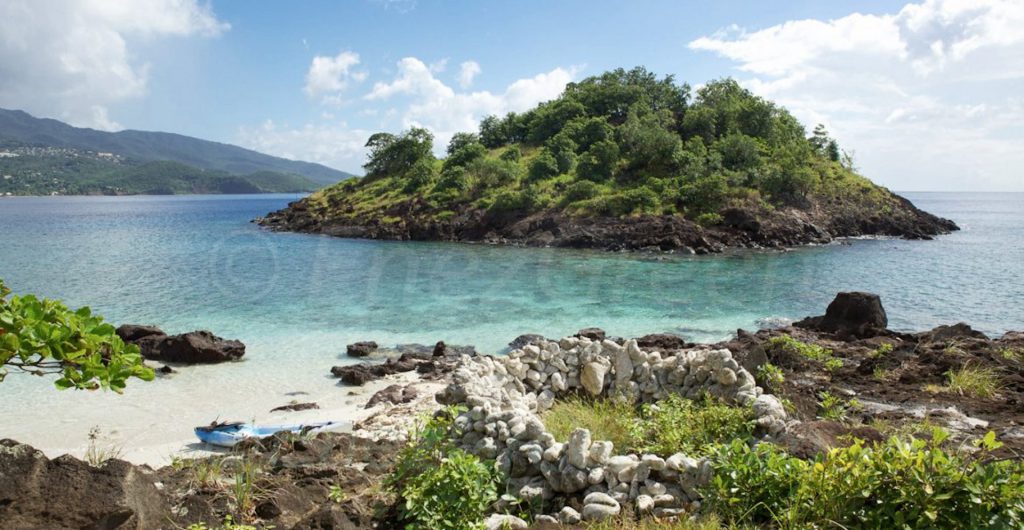The West Indian manatee disappeared from Guadeloupe because of intensive hunting
Kai and Junior male, seven and six, will be the first of 15 world of male and female manatees reintroduced into the marine nature reserve of Grand Cul-de-Sac Marin, which extends over 15,000 hectares between the Lower Islands Terre and Grande-Terre. Ranked “In danger of extinction” in the Red List of IUCN (International Union for Conservation of Nature), the West Indian manatee is only represented by 5000 individuals. In Guadeloupe, its numbers have decreased dramatically from the eighteenth century, to bring it to disappear in the early twentieth century, due to intensive hunting.
In 2002 a reintroduction project of the West Indian manatee in Guadeloupe National Park was initiated. For successful reintroduction of the manatee off the Guadeloupe, it is essential to have a minimum 15 founder individuals nucleus, containing a majority of females. Following the work of a group of scientific experts, the choice of the origin of animals has focused for manatees raised in captivity, requiring an acclimation period and learning of wildlife.
Manatee populations are threatened by poaching, pollution, bycatch, collisions with boats
Today, the species is no longer present in the Lesser Antilles, creating a vacuum between the people of the Greater Antilles in the north and those of Trinidad and Tobago and Guyana plateau in the south. Manatee populations are often distributed intermittently, small groups exchanging little, if any, between them. In addition, these populations are threatened by poaching, pollution, bycatch in fishing nets, collisions with ships… Also, in most of this range, a total disappearance of the species remains likely in the medium term.



